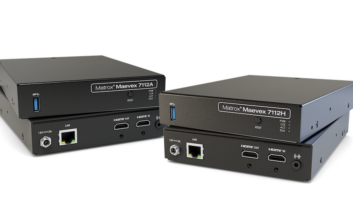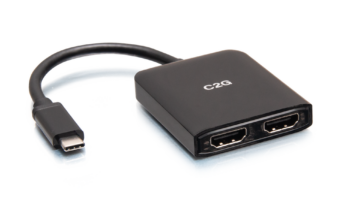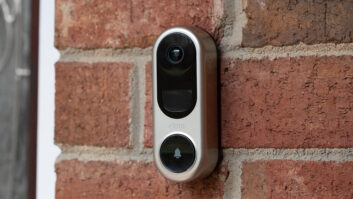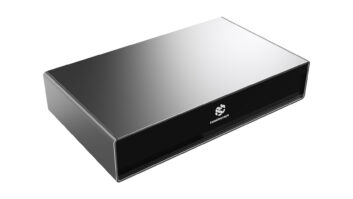The notion of “crossover” or shared multifunctionality across traditional product categories has had perhaps the biggest impact on the design of video and TV products since the concept of “convergence” was first tossed about more than a decade ago.
But where convergence dealt with the melding of rudimentary PC functionality in a traditional TV set (often not even HDTV sets), the crossover concept has gained real traction through the arrival of broadband and 3G and 4G cell service.
This has enabled the delivery of content (in the way of streaming movies and TV shows), communication (in the use of social networks combining TV watching with chitchat), and convenience (in enabling multiple tasks at one time without having to leave the sofa).
At the 2012 International CES, the crossover phenomenon takes on new dimensions as the multi-screen concept begins to take root. Manufacturers and app developers are enabling systems that make it possible for consumers to watch streaming TV programs on the big screen, use their tablet as a remote to tune up the home theater and engage conversations on the program through Facebook or Twitter, and then use the Android or iOS cellphone to call in a pizza and wake a friend so he can tune into the movie and discuss its relevance with the rest of the gang.
From there, the tablet can be taken on the train to cue up that streaming video service and watch a movie in transit, and continue the discussion on the smartphone – be it via voice, text or tweeting.
Undoubtedly, the blurring trend will continue to evolve, with talk already of Internet TVs controlled by iPhone 4S Siri-like voice commands, and more and more TVs coming equipped with Skype or similar video conferencing platforms that turn the TV into a telephone.
Not only is that not your father’s TV, it’s no longer his electronic ecosystem.













